Downtowns thrive when small-scale manufacturing is prioritized, and the ownership of those businesses is diverse. Federal recovery funds can go a long way toward helping this vital sector.
Originally published in Governing.
The distribution of federal funds to local communities under the American Rescue Plan, now underway, follows closely the designation of Juneteenth as a national holiday. This confluence provides a unique opportunity to invest in racial equity in downtown development that communities of all sizes nationwide should seize.
The American Rescue Plan includes $350 billion in state and local fiscal recovery funds. One of the authorized uses, addressing economic damage from the pandemic, enables the federal money to be spent on downtown development. A Brookings Institution analysis underscores the opportunity: Under the latest Treasury Department rules for deploying the funds, the analysts write, “recipient governments have enormous flexibility to help disproportionately impacted populations and communities.”
The evidence of disproportionate impact of the COVID-19 pandemic on people of color is overwhelming. The impact on downtown business districts is similarly beyond dispute. Combining this extraordinary infusion of funding with a vital lesson that I have learned in working with dozens of cities and towns can be the key to inclusive downtown revitalization. That lesson is that downtowns thrive when small-scale manufacturing is prioritized.
Small-scale manufacturers of everything from hardware to handbags to hot sauce typically sell their products both in storefronts and online. They are, therefore, ideal for downtown rejuvenation, because they are not solely dependent on foot traffic for sales. They help create distinctive destinations for residents and tourists alike. The business ownership is also typically broadly diverse because the unique products draw on the heritage and skills of a wide variety of communities.
Small-scale manufacturing creates more opportunity for more people. Investment in this business sector helps local business owners transition from home-based to storefront businesses and generates diverse business-ownership opportunities. These businesses create good jobs for people with a wide range of skills, and they generate community wealth.
How then can state, local and tribal government leaders facilitate small-scale manufacturing in downtowns and nearby neighborhoods? They can support three key strategies:
Ensure the availability of a variety of real estate options. These should include shared spaces and scale-up spaces to facilitate the transition from home-based businesses to storefront businesses. Such spaces are common in the tech and service industries, with their accelerators and coworking spaces, but are rare in manufacturing.
The variety of options should include micro-retail spaces, shared retail spaces and shared production spaces. Press Bay Alley in Ithaca, N.Y., for example, has spaces ranging from 130 to 600 square feet, giving new businesses the opportunity to start in storefronts at low cost and with low risk.Provide access to appropriate training. The training should be for startups as well as for companies looking to scale up, but such training outside the tech community is relatively rare. It should focus not on production systems, which are highly specific to each material type, but on distribution, marketing and e-commerce.
Access is vital in two respects: Too often, scale-up training is limited to businesses of a minimum revenue that excludes many diverse business owners. And too often training is distant from communities of color and transit access.
Early this year, South Bend, Ind., launched the Scaling Up! South Bend program to help existing small-product businesses scale and become more resilient. The businesses that were part of the first training cohorts were from a mix of home-based businesses ready to grow and small producers ready to scale production from their existing leased spaces.Increase access to capital. Such access is notoriously limited to a handful of major coastal cities and to individuals with historic connections to the investment community. That excludes the vast majority of American communities along with women, Black, Latino and other business owners of color.
Capital is also typically limited to established businesses and substantial loans, often starting at $50,000 or more. Leaders should ask this: Are there loans or grants to help businesses get off the ground or grow? Are microloans or grants (under $5,000) available? Are loans available from $5,000 to $50,000?
The Latino Economic Development Center in Washington, D.C., a community-development financial institution, provides loans to local business owners who are not getting access through local banks. The organization provided outreach leadership during the Paycheck Protection Program loan process and continues to provide smaller loans predominantly to Black and Latino business owners.
By using funds from the American Rescue Plan in this fashion, three goals can be achieved simultaneously: Downtowns can be brought back to life, new businesses can grow and diversity in business ownership can be accelerated and expanded. We can not only create the legacy of Juneteenth as a national holiday but also follow it with actions that invest in Black and other minority-owned businesses across the country. That would truly be an American rescue.

